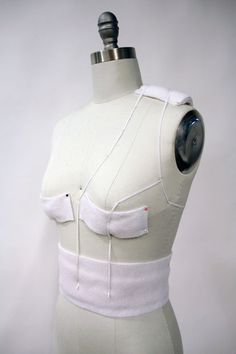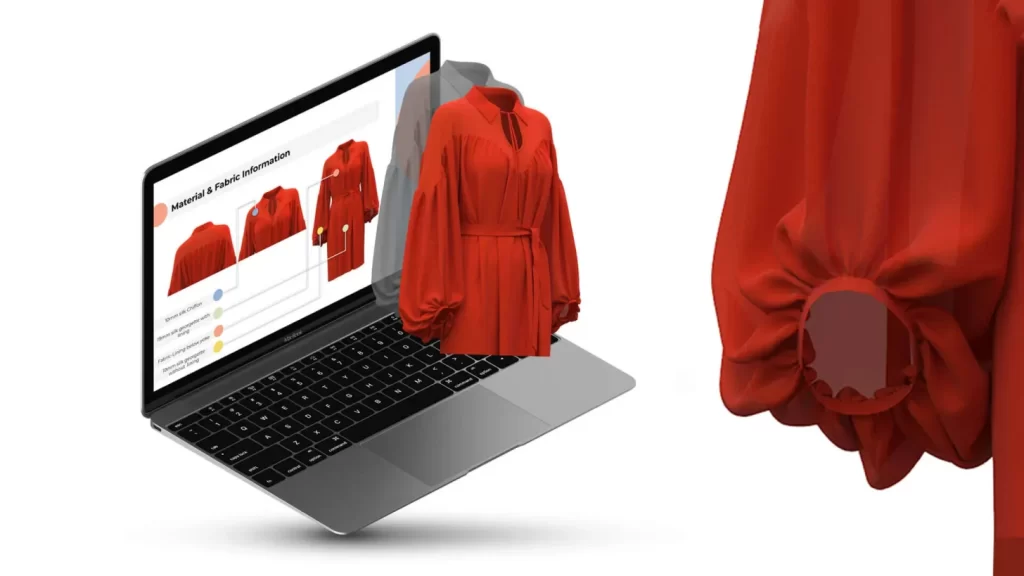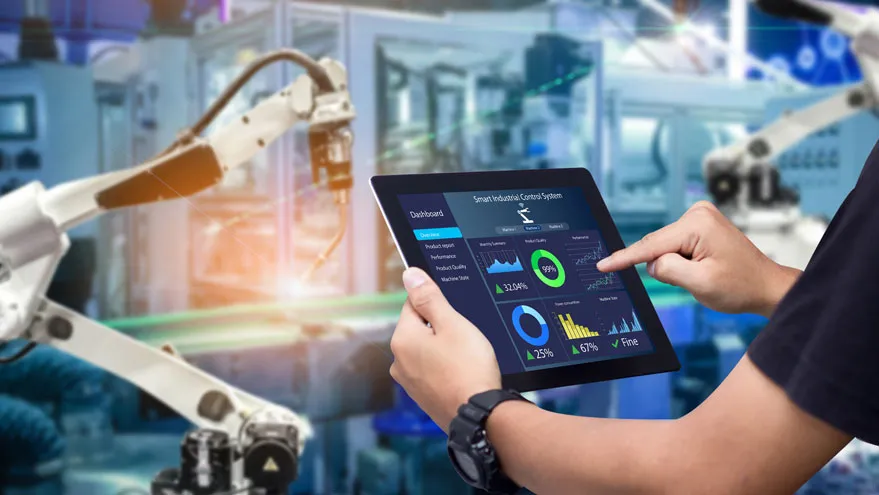3D Fashion in Brands and Export Houses
Do newer techniques and methodologies actually result in effective outcomes?
Fashion is more often than not, an industry that catches up to the latest visual and production trends. However, the retail and fashion sectors aren’t always as technologically advanced as they are at the forefront of culture and design. In our last week’s newsletter, we talked about the latest viable options in the digital fashion area. Stemming from one of those options is 3D fashion- I decided to take a deeper look into how exactly 3D fashion is making the industry more efficient. More businesses will need to think in 3D as they adjust to the pace of technology and see the need to investigate new avenues for connecting with customers.
This offers the fashion industry a huge chance for actual innovation rather than merely digital change. 3D fashion affects quite a few sectors in the industry, but within the manufacturing unit processes, it can really make a change in methodology.
Pattern Making and Designing
The penetration of 3D fashion in designing and pattern-making can be revolutionary- it can be cost-effective, sustainable, and much less time-consuming than the usual method carried out by the industry. An entire collection can be designed digitally and still be executed with minimal wastage and time consumption, using 3D models in place of 2D drawings. Creating patterns digitally and printing them out saves a ton of brown paper and test fits from going to waste.

Seeing how you look in clothing without the difficulty of changing it? Virtual trials enable us to envision ourselves in clothes in shops and on commerce sites, instantly upgrading the shopping experience. For example, Amazon-owned start up Body Labs, for instance, has developed a ‘blended reality system’ that allows consumers to visualize themselves wearing virtual clothing in a virtual setting.

Virtual 3D sampling and pre-production sampling save apparel and textile wastage. It is a new way to explore new designs and concepts before and after pre-production where the bulk of fabrics and textiles can be saved from wastage, eliminating the need for physical samples, and vastly reducing unnecessary time and money spent to rework them. Virtual sampling takes care of any necessary changes that need to be made before the garment needs to be sewn, saving on fabric costs, shipping costs as well as model costs of export houses.

Metaverse
With 3D modeling giving way to the metaverse, brands are purchasing virtual stores to create more efficiency in the marketing and customer base front of their stores. Visual merchandising as well as virtual clothing plays a big role in attracting consumers.

Overall Time Management
3d sampling and other softwares if integrated into the manufacturing process can potentially eliminate a bunch of stages and speed up the process of creating garments.

Next week we will be talking more about how new materials are making fashion more sustainable. See you!

2 comments
Comments are closed.